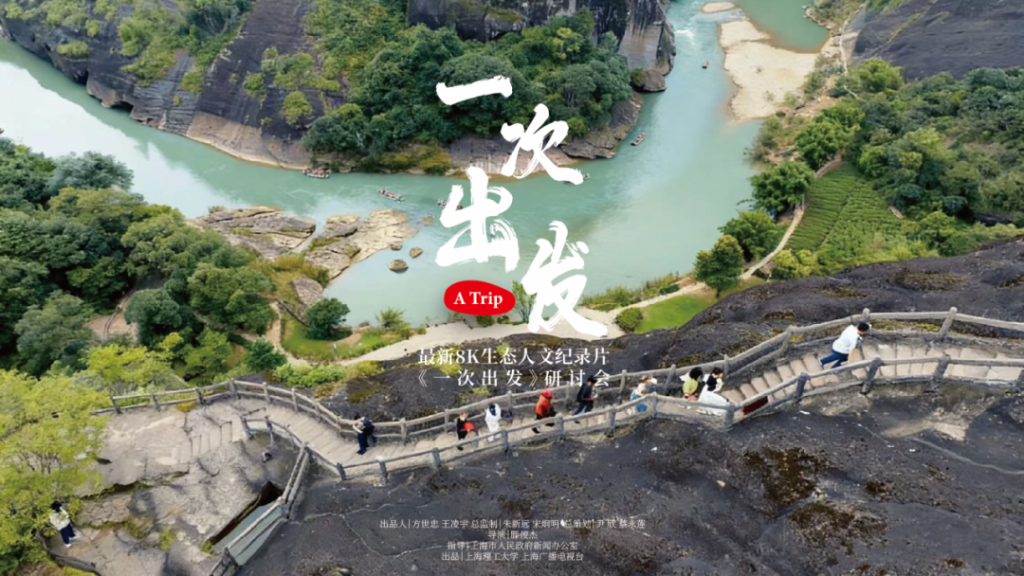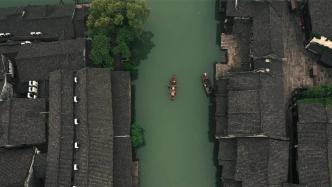
When it comes to Jiangnan, people are always full of affection, so what kind of natural beauty is Jiangnan, especially modern Jiangnan? What are the life scenes in cities and villages in the Jiangnan area like? What is the daily life and spiritual outlook of the residents in Jiangnan?
On June 20, the launch ceremony of the large-scale historical and cultural documentary "Da Jiangnan", produced under the guidance of the Propaganda Department of the Shanghai Municipal Party Committee of the Communist Party of China, supported by the Foreign Publicity Office of the Municipal Party Committee, and produced by Shanghai Radio and Television Station, was grandly held during the Shanghai TV Festival.
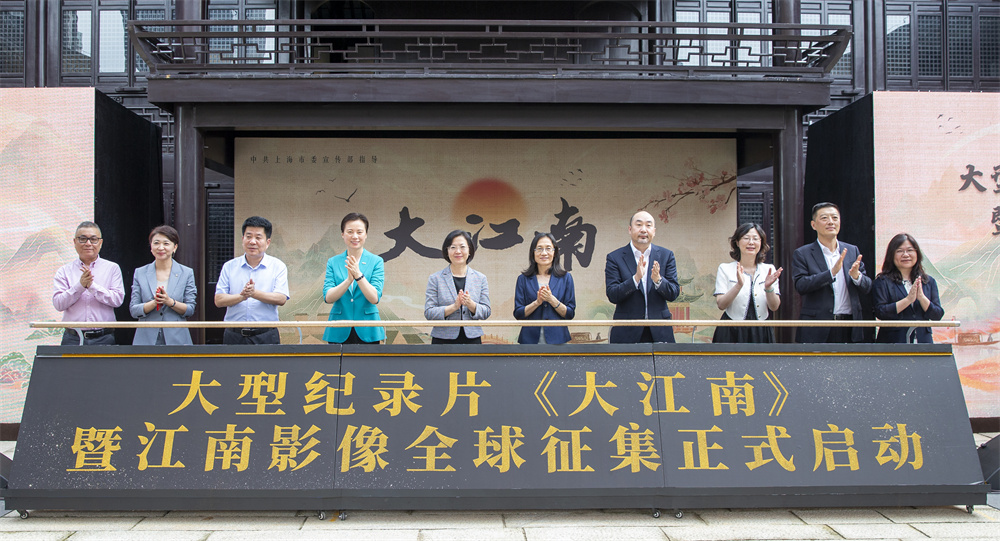
Launch ceremony site
The documentary "Great Jiangnan" has 9 episodes, each 50 minutes long. It will focus on the land of Jiangnan and its people, presenting a grand scroll of Jiangnan history, Jiangnan culture, Jiangnan humanistic spirit and future development.
"Shanghai has Jiangnan" tells about the formation of Shanghai and Jiangnan, and the relationship between ancient and modern times; "Five Thousand Years of Jiangnan" tells about the great creations from Hemudu and Liangzhu to the present; "Neon Clothes Among the Clouds" tells about the women in Jiangnan, the contributions of thousands of Huang Daopo. They nurtured the men in Jiangnan and shaped their lives; "Ingenuity" tells about the craftsmen and social development and progress in Jiangnan, such as Xu Shou; reveals the modernity of the spirit of Jiangnan craftsmen; , and wrote a book about the humanistic achievements in the south of the Yangtze River that have continued to this day.
The seventh episode "Thousands of Hundreds of Turns" starts from Kunqu Opera, Pingtan, and Tiange, tells about the social transformation of Jiangnan, and reveals its cultural character; , creatively built the new Jiangnan, touching future generations! From the perspective of digital intelligence in the historical background of the integration of the Yangtze River Delta, "Man Between Heaven and Earth" demonstrates Jiangnan's open and integrated feelings, as well as the spirit of being good at learning and having the courage to change oneself.

"Great Jiangnan" trailer screenshot
It is understood that "Great Jiangnan" will be produced by Xu Guanqun Studio of SMG Documentary Center. The team has created many works such as "Ideal Shines on China", "Great Transformation", "Great Shanghai", "Ten Years of Dreaming Road". Famous documentary filmmakers Shi Shi and Wang Ren will serve as art consultants for "Great Jiangnan", and Wang Ren will be the chief writer. The film is expected to be completed and aired by the end of 2025.
The significance of Jiangnan is far beyond imagination
According to the team, in reality, the integration of the Yangtze River Delta located in the south of the Yangtze River has become a national strategy. Located at the intersection of the coastal economic belt and the Yangtze River economic belt, the Yangtze River Delta region has created a quarter of the country's total economic output and raised nearly one-fifth of the country's population with less than 4% of the country's land area. The Yangtze River Delta needs the nourishment provided by Jiangnan culture more than ever before, because it is oriented to the whole country and the world.
Historically speaking, the large-scale southward migration of Jin, Tang, Song, and Yuan was an overall cultural flow including production methods, lifestyles, cultural knowledge, and values. Jiangnan started in this way. Historically, the economic and cultural development of the Jiangnan region has benefited from continuous openness and tolerance, and from the ability to uphold goodness and integrity while making choices. Being open and inclusive, being kind and upright is a kind of cultural character.
The Song Dynasty focused on the market economy and actively developed maritime trade. Important ports such as Jiangyin, Qinglong Town, Liuhe, Wenzhou, Mingzhou (Ningbo), Zhapu, and Shanghai appeared in the Jiangnan area, and the economic center of China gradually moved south. In the Yuan Dynasty, Huang Daopo brought back the textile technology of the Li nationality compatriots in Hainan to his homeland, and the Songjiang area "clothes the world"; in the Ming Dynasty, the economic aggregate brought by the development of the textile industry, silkworm industry, and handicraft industry in the south of the Yangtze River even exceeded that of agriculture. It has formed the transfer of China's agricultural layout, from "cooking in Suhu, the world is full" to "cooking in Huguang, the world is full". The changes in Jiangnan have had a great impact. The cultural and technological evolution of Jiangnan and the economic influence of Jiangnan are far beyond people's imagination.
"There is heaven, there are Suzhou and Hangzhou". Marco Polo introduced the Jiangnan they saw to the West through "Travel Notes", and Matteo Ricci and Jinnige through "Notes on China". In his famous book "The Spirit of Law", Montesquieu compared the Yangtze River Delta with the Rhine River Delta, and believed that the Yangtze River Delta as a whole was a place where continuous development lasted for three thousand years from Wuyue to Ming and Qing Dynasties.
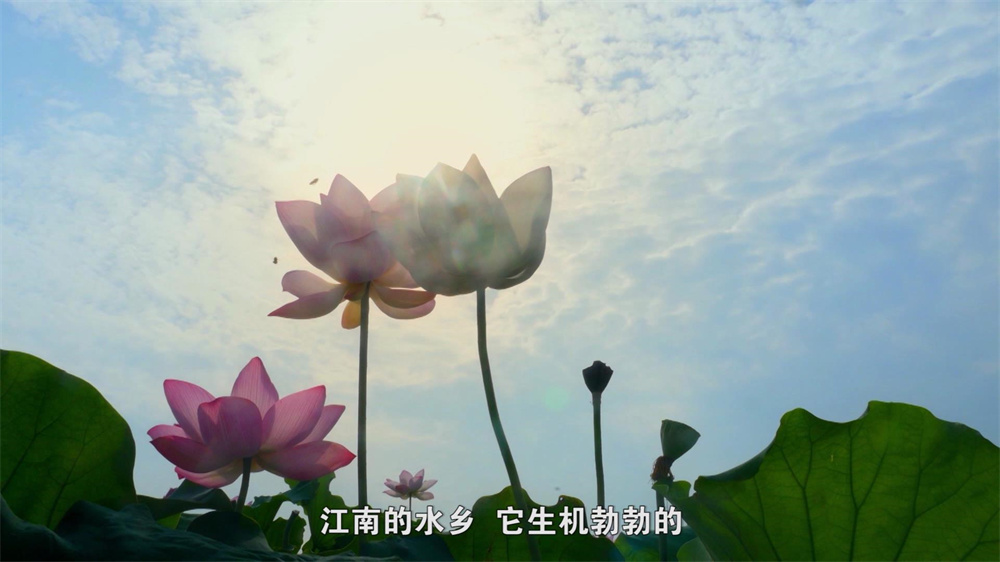
"Great Jiangnan" trailer screenshot
Some scholars believe that Jiangnan society is a prominent phenomenon in the whole of China, and even the whole world in the seventeenth and eighteenth centuries. In the cultural circle of Chinese characters, Jiangnan's economy, culture, and academics are the most prominent.
At the end of the Ming Dynasty, Xu Guangqi and Matteo Ricci introduced a batch of Western studies such as "The Elements of Geometry" to China, which opened up the "communication" between Chinese and Western subjects such as mathematics, astronomy, geography, agriculture, water conservancy, medicine, military affairs, and military equipment. Formed the first wave of the eastward spread of Western learning. After the Opium War, people from Jiangnan such as Li Shanlan, Xu Shou, and Hua Hengfang gathered in Shanghai, and the spread of Western learning to the east once again became a trend; and among the disseminators of Marxism around May 4th, most of them were from Jiangnan, and they were the first to gain popularity. people.
The character of Jiangnan is formed in history. Xu Guangqi once said, "If you want to excel, you must be able to understand; before you can understand, you must first translate." It means that with an inclusive mind, through learning and mastering both Chinese and Western cultures, you can constantly surpass yourself. Jiangnan has such a magnanimity, and Jiangnan has come this way. We see that after the 19th century, Shanghai led the transformation of Jiangnan society, and behind it was the Jiangnan culture, the true spirit of "communication for excellence".
Scholars believe that Jiangnan is a treasure house, and there are too many subjects to inspire people. The spirit, culture, and heritage of Jiangnan are historical deposits and also derived from reality. Looking back at Jiangnan from today's perspective, we can better understand history, understand the present, and better move towards the future.
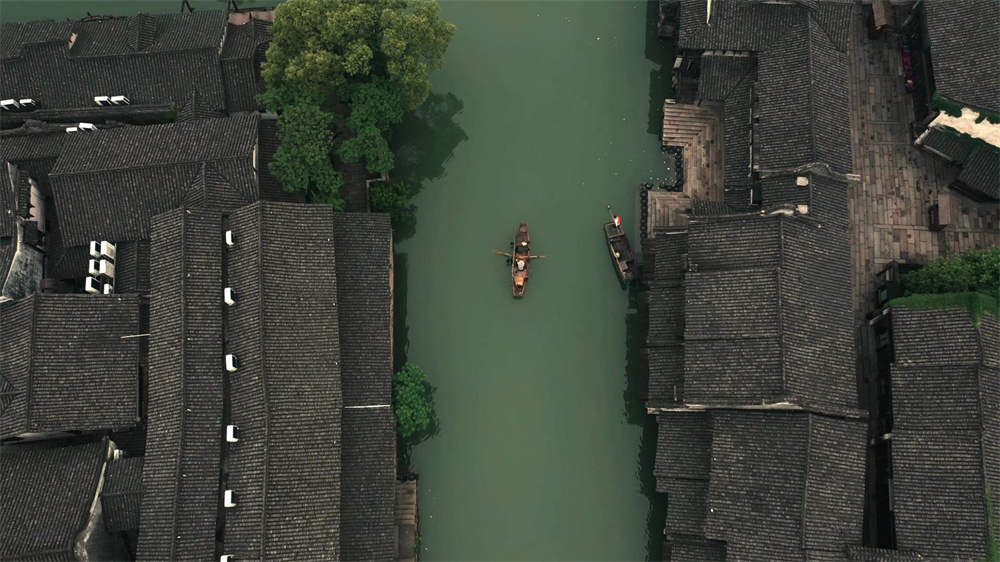
"Great Jiangnan" trailer screenshot
"Great Jiangnan" will be closely integrated with the theme of the new era, focusing on cultural inheritance and development, vividly displaying and spreading the outstanding characteristics of Chinese civilization "continuity, innovation, unity, inclusiveness, and peace". The precious spiritual wealth of the nation, exploring the endless Chinese civilization code.
Collect image data from all over the world
With the continuous discovery of Jiangnan historical images scattered in many image data institutions around the world, people have a new and more perceptual understanding of the modern appearance of Jiangnan. Shanghai Radio and Television Station has unique advantages and long-term accumulation in the field of collecting and researching historical images of Jiangnan.
It is understood that the Documentary Center of Shanghai Radio and Television Station and the Shanghai Audiovisual Archives will jointly carry out the collection, research, development and utilization of historical images in the south of the Yangtze River. On the basis of full research and collation, the Jiangnan historical image resource library will be released for reference by academic research institutions, libraries, archives and other public cultural institutions. At the same time, we also look forward to cooperating with major cultural and museum institutions in the Yangtze River Delta region to carry out non-profit services such as broadcasting and exhibition of Jiangnan images for the whole society.
"In order to better inherit the precious audio-visual heritage left by the predecessors, better carry forward Jiangnan culture and Shanghai style culture, and expand and improve the collection scope and quality of Jiangnan historical images, Shanghai Radio and Television Station hereby submits to film archives and libraries around the world. , archives, museums and individual collectors issued a solicitation notice, hoping to harvest more and richer Jiangnan historical images from the beginning of the 20th century to the present. We will also cooperate with collectors at home and abroad who have Jiangnan historical images to carry out rescue Image restoration and collection and preservation." Song Jiongming, director of Shanghai Radio and Television Station and president of Shanghai Culture Radio, Film and Television Group Co., Ltd., emphasized: "Jiangnan culture is an important part of the Chinese cultural homeland, and Jiangnan historical images are an important carrier and witness of Jiangnan culture. It is of great significance to systematically collect, study and reuse it."
In recent years, Shanghai Radio and Television Station has been working hard to create and disseminate the brand of "Shanghai Culture", and has created high-quality documentaries such as "Great Shanghai", "Birthplace" and "Why China".
Shen Jun, secretary of the party committee and chairman of Shanghai Radio and Television Station and Shanghai Culture Radio, Film and Television Group Co., Ltd., said at the launching ceremony: "Only by fully understanding the history of Chinese civilization can we more effectively promote the creative transformation and innovative development of China's excellent traditional culture. More vigorously promote the construction of socialist culture with Chinese characteristics and build a modern civilization of the Chinese nation. Today, focusing on the land and people on the south of the Yangtze River and rediscovering the south of the Yangtze River is the glorious mission entrusted to us by the times.”
In order to ensure the quality, the program team set up an academic advisory team, Li Tiangang, Dai Angang, Hu Xiaoming, Zhang Jishun, Zhou Zhenhe, Chen Jianhua, Ding Xueliang, You Rujie, Chen Maiqing and other well-known scholars will provide academic support for the documentary. At the launching ceremony, the expert representatives were presented with a letter of appointment as an academic consultant of "Great Jiangnan".
On the same day, Shanghai Radio and Television Station also officially released the Jiangnan Video Global Solicitation Project to better protect and utilize Jiangnan audio-visual heritage, inherit and develop Jiangnan culture.
